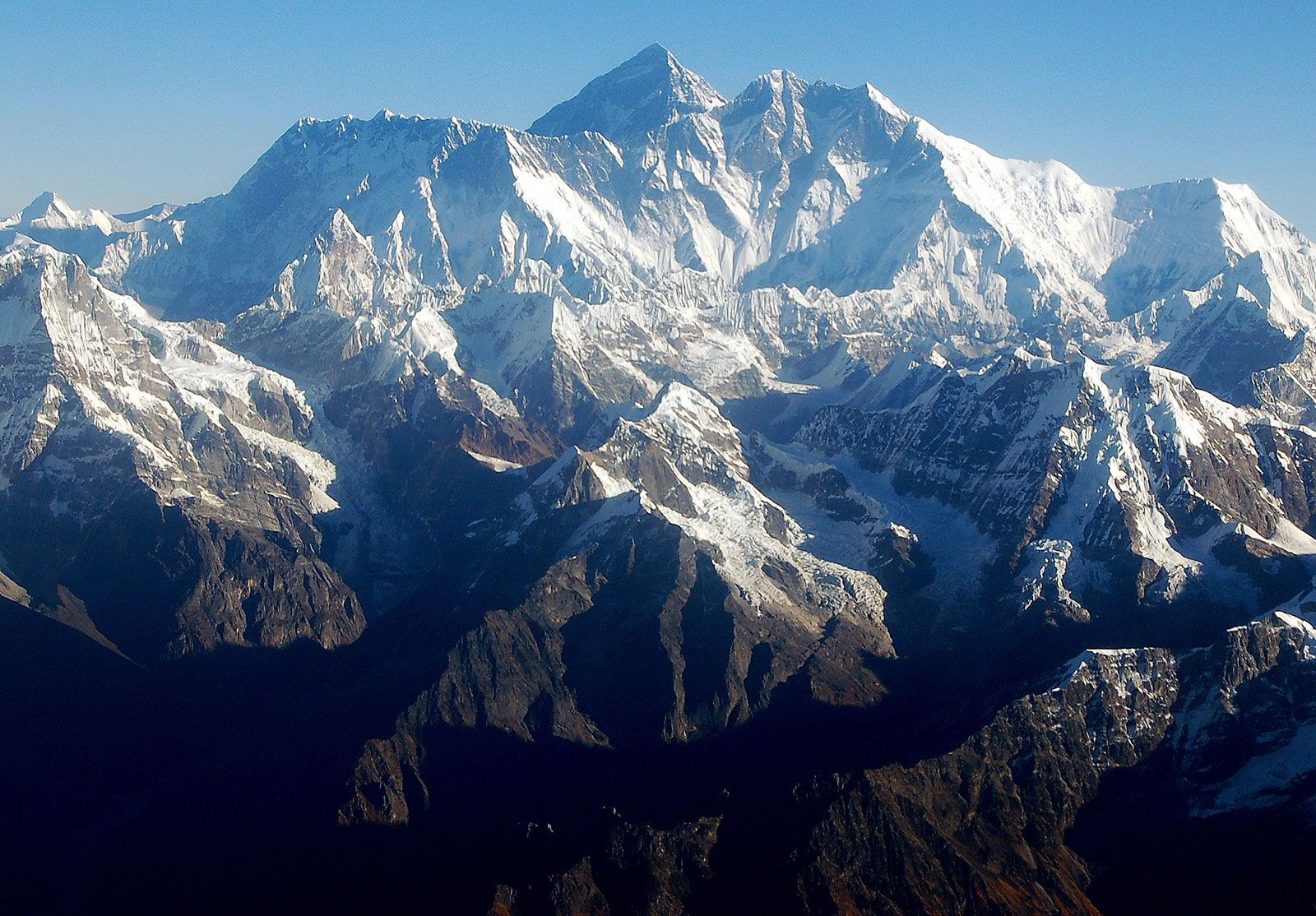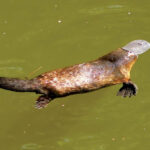Mount Everest, the world’s highest peak above sea level, is a majestic and imposing mountain that captivates the imagination of adventurers and scientists alike. Understanding its geographical context is key to appreciating its unique features. So, Where Is Mount Everest In Asia? This iconic summit is situated in the heart of Asia, within the formidable Himalayan range, a region renowned for its towering mountains and breathtaking landscapes.
Pinpointing Mount Everest’s Location in Asia
Mount Everest is precisely located in the Great Himalayas, the highest mountain range on Earth. More specifically, it sits on the border between Nepal and Tibet Autonomous Region, China. This places Everest firmly in the Asian continent, within a region characterized by extreme altitudes and dramatic geological activity.
Nepal and Tibet: Sharing the Summit
The international border between Nepal and China runs across Mount Everest’s summit. This means the mountain is geographically shared by these two Asian nations. The southern side of Everest is located in Nepal, within the Sagarmatha National Park, a UNESCO World Heritage Site. The northern side falls within the Tibet Autonomous Region of China. Therefore, when considering “where is Mount Everest in Asia,” it’s accurate to say it’s on the border of Nepal and Tibet, both integral parts of the Asian continent.
Specific Coordinates and Accessibility
For those seeking precise geographical details, Mount Everest’s approximate coordinates are 27.9881° N, 86.9250° E. While these coordinates pinpoint its location on a map, understanding its accessibility further clarifies its place in Asia.
-
From Nepal: The most popular and historically significant approach to Everest Base Camp is from the Nepali side. The journey typically begins with a flight to Lukla, Nepal, followed by a trek through the Khumbu Valley. This route provides stunning views of the southern face of Everest and immerses trekkers in the rich Sherpa culture of Nepal.
-
From Tibet (China): The northern approach from Tibet offers road access to Everest Base Camp, making it physically less demanding than the Nepali trek. This route provides iconic views of Everest’s north face and is often preferred for its accessibility and different cultural perspective.
Regardless of the approach, both Nepal and Tibet are distinctly located within Asia, solidifying Mount Everest’s place on the Asian continent.
Alt: Panoramic view of the Mount Everest massif in the Himalayas, showcasing its location in Asia, spanning Nepal and Tibet.
Geological Formation in Asia: The Himalayan Knot
Understanding where Mount Everest is in Asia also involves understanding its geological origins within the continent. The Himalayas, and consequently Mount Everest, are the result of the ongoing collision of the Indian-Australian Plate with the Eurasian Plate. This monumental tectonic collision, a defining feature of Asian geology, began millions of years ago and continues to shape the landscape today.
The immense pressure from this collision forced the Earth’s crust upwards, creating the Himalayas and elevating Mount Everest to its extraordinary height. Everest and the surrounding peaks are part of a central “knot” of tectonic activity within the Great Himalayas, a region of intense geological forces unique to Asia. Even today, Mount Everest subtly shifts northeastward and rises slightly each year, a testament to the dynamic geological processes at play deep within the Asian continent.
The very rock composition of Everest speaks to its Asian location and geological history. Composed of layers of metamorphic, igneous, and sedimentary rocks, including limestone from the ancient Tethys Sea, Everest’s geology reflects the vast timescale of Asian tectonic activity and continental shifts.
Climate and Drainage: Asian Monsoon and Glaciers
The climate and drainage systems around Mount Everest are also intrinsically linked to its location in Asia. The mountain experiences a harsh alpine climate influenced by the Asian monsoon. Precipitation largely falls as snow during the summer monsoon season (late May to mid-September), impacting glacier formation and water flow in the region.
Glaciers are a defining feature of Everest’s landscape, carving valleys and shaping the terrain. Notable glaciers like the Khumbu Glacier in Nepal and the Rongbuk Glacier in Tibet originate from Everest’s slopes, feeding river systems that flow through Asia. The drainage pattern from Everest radiates outwards, contributing to major Asian rivers like the Arun River, further emphasizing its integration within the Asian hydrological system.
Alt: The Khumbu Icefall at the base of Mount Everest in the Himalayas, Nepal, illustrating the challenging glacial terrain within its Asian setting.
The extreme temperatures on Everest, with summit temperatures plummeting to averages of −33 °F (−36 °C) in January, and powerful winds exceeding 100 miles (160 km) per hour, are characteristic of high-altitude Asian weather patterns. These conditions preclude plant and animal life at the summit, making it a unique and challenging environment within the Asian landscape.
Alt: Frozen pond on the Khumbu Glacier near Mount Everest, Himalayas, Nepal, highlighting the glacial features of its Asian location.
Conclusion: Everest’s Undisputed Place in Asia
In conclusion, Mount Everest is unequivocally located in Asia. Situated in the Great Himalayas, on the border between Nepal and Tibet (China), its geographical coordinates, geological formation, climate, and drainage systems all firmly place it within the Asian continent. From the bustling trekking routes in Nepal to the stark beauty of the Tibetan plateau, Mount Everest stands as a testament to the grandeur and geographical diversity of Asia, attracting global attention to its remarkable and undeniably Asian location.


 Mount Everest: Khumbu Icefall
Mount Everest: Khumbu Icefall Khumbu Glacier
Khumbu Glacier